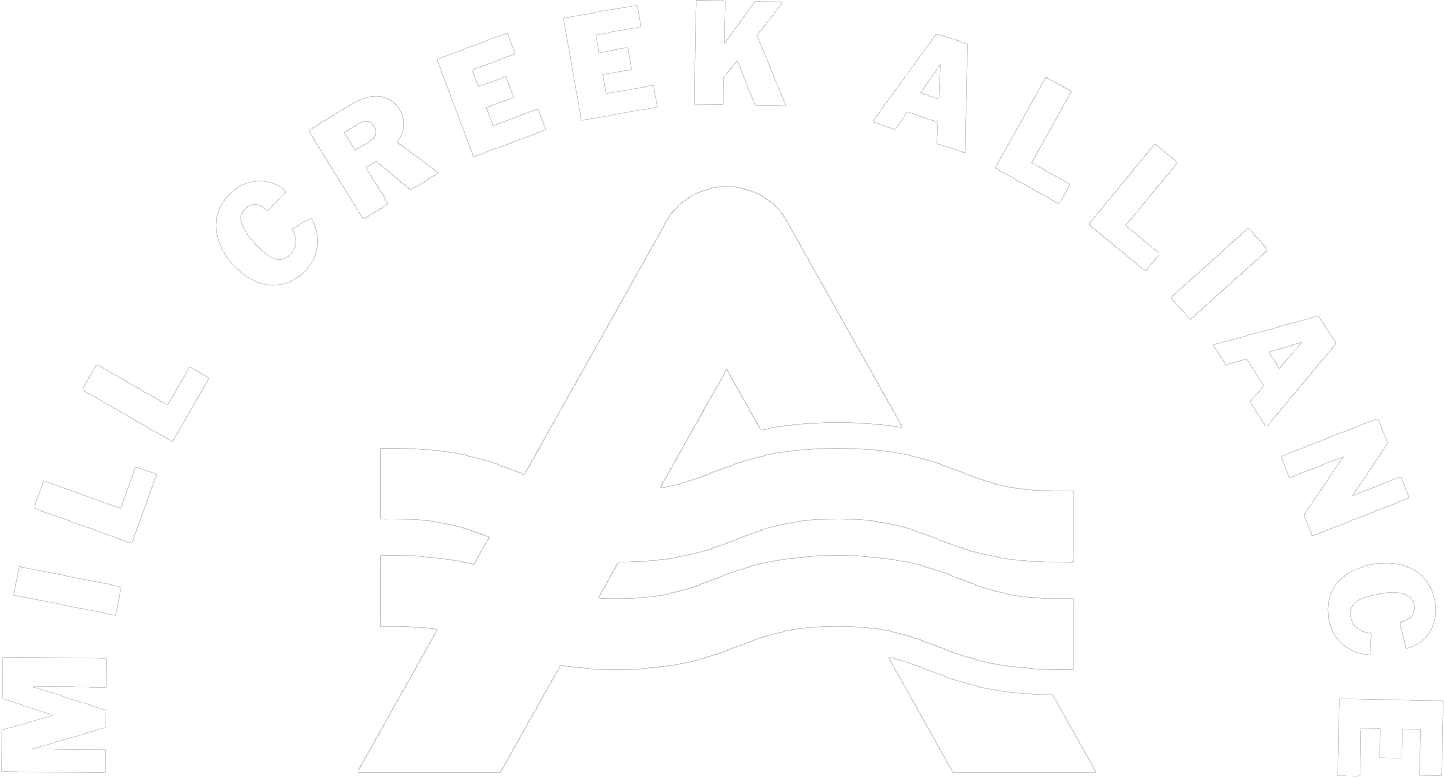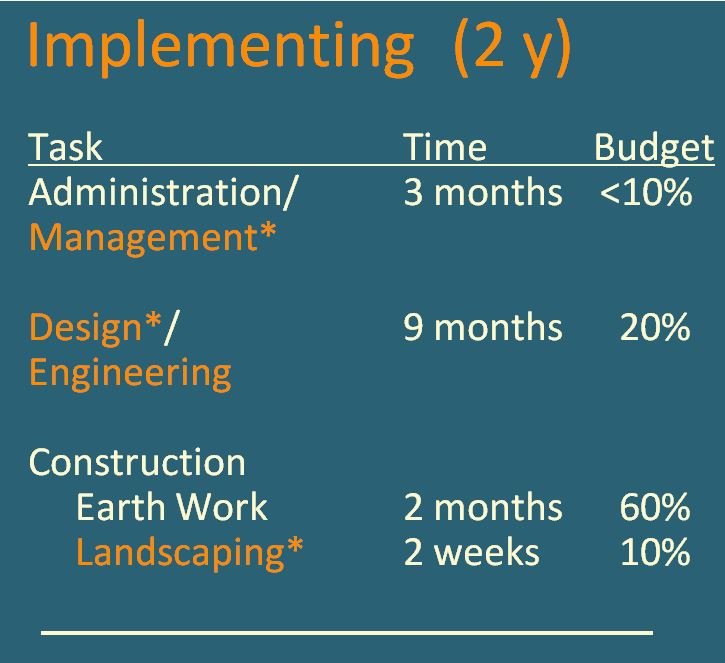What is Involved in MCA Project Management?
MCA provides administrative and technical support of environmental restoration projects by working through four phases:
Planning
Funding
Implementation
Education
planning
Projects begin in a variety of ways. MCA has been contacted by landowners who “have a problem” with their impaired property along the Mill Creek. Other times we are contacted when property owners believe they have an opportunity for ecological improvement at a high-quality environment but are uncertain how to proceed.
After discussion remotely or in person, MCA staff are available to conduct an initial site consultation. As in the image to the right, MCA regularly coordinates with groups in its network such as Hamilton County Soil & Water District. Projects may seek funding from public agencies if they proceed from informal and qualitative evaluations to more formal and detailed plans with cost estimates.
Note that planning also includes large-scale watershed plans. These strategic plans are valuable to give the regional context to individual restoration projects. Visit the Ohio EPA Nonpoint Source Program (NPS) webpage to see a map and view subwatershed plans for the Mill Creek and throughout Ohio.
FUNDING
Funding for MCA restoration projects comes from sources including:
Clean Ohio Green Space Conservation Program (Clean OH). Clean OH grants pay up to 75% of costs and require 25% matching funds for projects that either acquire and improve open space or protect and enhance riparian corridors along waterways.
Ohio EPA Section 319(h), dedicates funds to improve water quality in Ohio’s surface waters.
Other sources including municipal, corporate, and individual funding. For instance the City of Reading used a community development block grant (CBDG) to pay required grant matching funds.
IMPLEMENTATION
Funded MCA projects typically require 2 years to implement and require: administration, design, and construction. Administration and management is required throughout the life cycle of projects from filing conservation easements to obtaining permits, and to reporting to agencies. You can see the time and budget allocated to the phases of environmental restoration projects in the adjacent table.
Construction includes both earthwork and landscaping. Some 60% of a project budget may be consumed for site preparation by removing invasive vegetation, reshaping the stream channel and streambank, and the delivery and placement of rock. Landscaping with native plants uses an additional 10% of the budget, however, provides outsized benefits of bioengineering the site for physical stability, biological diversity, and ecological function
As can be seen in the adjacent photo to the right, whether a Design-Build project with one firm or a Design-Build-Bid project with separate teams, MCA insists on close co-ordination between design and construction teams to assure safety of workers, integrity to built infrastructure, and ecological goals are met.




